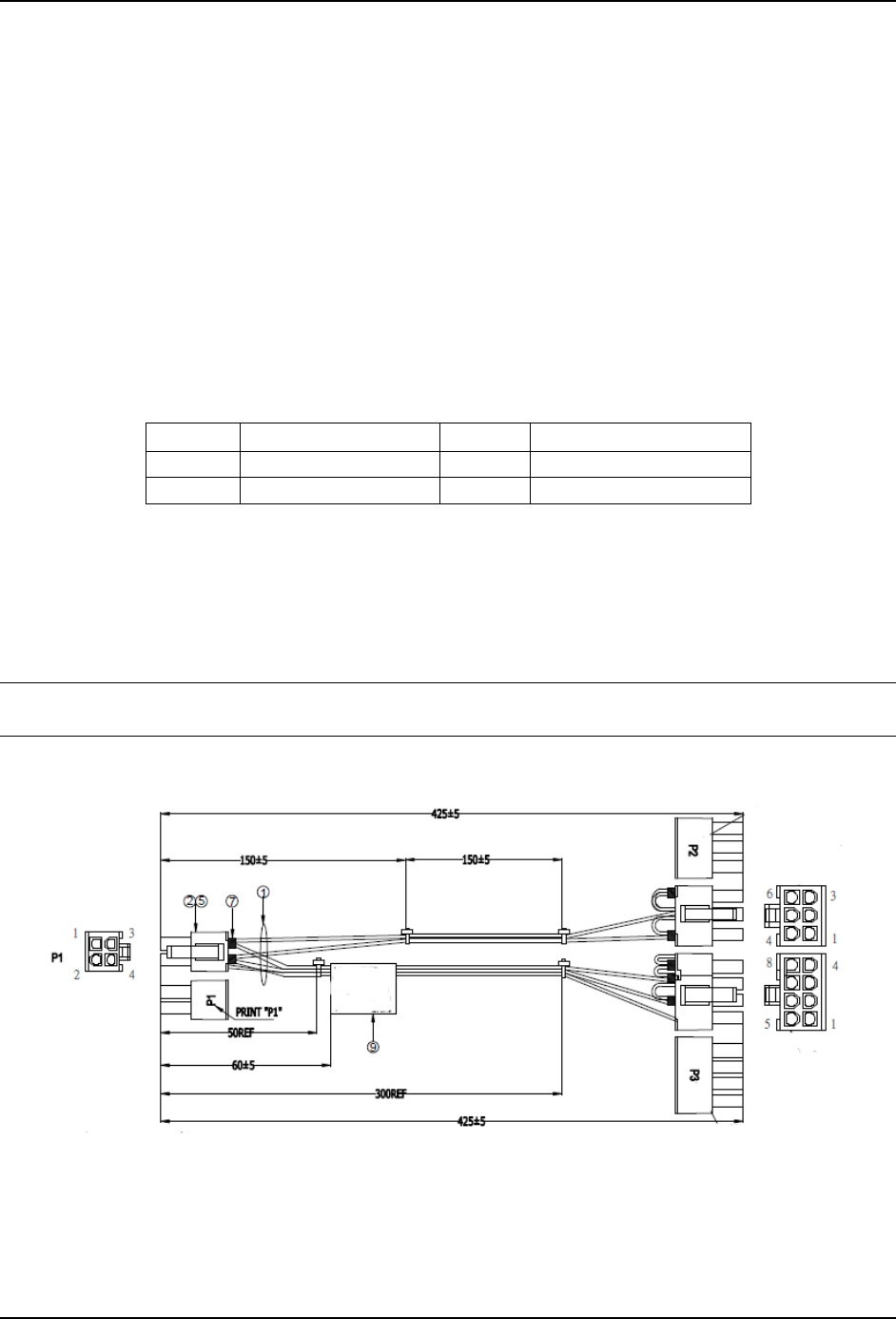Technical Product Specification
Table Of Contents
- 1. Introduction
- 2. Product Family Overview
- 3. Power Subsystem
- 3.1 Mechanical Overview
- 3.2 Power Connectors
- 3.3 Power Supply Module Efficiency
- 3.4 AC and DC Power Cord Specification Requirements
- 3.5 AC Input Specifications
- 3.5.1 Power Factor
- 3.5.2 AC Input Voltage Specification
- 3.5.3 AC Line Isolation Requirements
- 3.5.4 AC Line Dropout/Holdup
- 3.5.5 AC Line Fuse
- 3.5.6 AC Inrush
- 3.5.7 AC Line Transient Specification
- 3.5.8 Susceptibility Requirements
- 3.5.9 Electrostatic Discharge Susceptibility
- 3.5.10 Fast Transient/Burst
- 3.5.11 Radiated Immunity
- 3.5.12 Surge Immunity
- 3.5.13 Power Recovery
- 3.5.14 Voltage Interruptions
- 3.5.15 Protection Circuits
- 3.5.16 Over-current Protection (OCP)
- 3.5.17 Over-voltage Protection (OVP)
- 3.5.18 Over-temperature Protection (OTP)
- 3.6 1600W DC Power Supply Support
- 3.6.1 Power Supply Module Efficiency
- 3.6.2 DC Inlet Connector
- 3.6.3 DC Input Voltage Specification
- 3.6.4 DC Holdup/Dropout Time
- 3.6.5 DC Line Fuse
- 3.6.6 DC Inrush
- 3.6.7 DC Line Surge Voltages (Line Transients)
- 3.6.8 Residual Voltage Immunity in Standby Mode
- 3.6.9 Protection Circuits
- 3.6.10 Over Temperature Protection (OTP)
- 3.7 Cold Redundancy Support
- 3.8 Closed Loop System Throttling (CLST)
- 3.9 Smart Ride Through (SmaRT)
- 3.10 Power Supply Status LED
- 4. Thermal Management
- 5. System Storage and Peripheral Drive Bays Overview
- 6. Storage Controller Options Overview
- 7. Front Control Panel and I/O Panel Overview
- 8. Intel® Local Control Panel
- 9. PCI Riser Card Support
- 10. Additonal System Boards
- 11. Front Panel
- 12. IO Module Support
- 13. Intel® Intelligent Power Node Manager (NM)
- Appendix A: Integration and Usage Tip
- Appendix B: POST Code Diagnostic LED Decoder
- Appendix C: POST Code Errors
- Glossary
- Reference Documents

Intel® Server System R2000LH2/T2 Product Family TPS PCI Riser Card Support
Revision 1.0
79
9.2
GPGPU Support on the PCIe Risers
9.2.1
GPGPU Power
The power to the GPGPUs is supplied via the PCIe Riser Slot and the Power Distribution Board.
The 300w GPGPU power requirements are satisfied by:
75W from the PCIe connector
225W from the auxiliary connector on the Power Distribution Board (PDB)
The PDB auxiliary power connectors, J9 (Left) and J10 (Right), labeled for GFX add-in card,
provide auxiliary power to GPGPU devices.
Table 33. GPGPU Aux Connector Pin-out (J9 and J10)
Pin #
Signal Description
Pin #
Signal Description
1
GROUND
13
P12V1/2
2
GROUND
14
P12V1/2
9.2.2
GPGPU Cable
The GPGPU cable uses the mini-Fit Jr HCS contact that is rated for 9.5A for a four circuit
connector. Power delivery is 2 contacts * 9.5A * 12V = 240W. Since the cable needs to support
225W and the cable can support 228W, there is a 3W margin.
Note: The GPU power cable is not a productized component. Contact your Intel support
representative for information on how to obtain the GPGPU power cables.
Figure 68. GPGPU Cable










